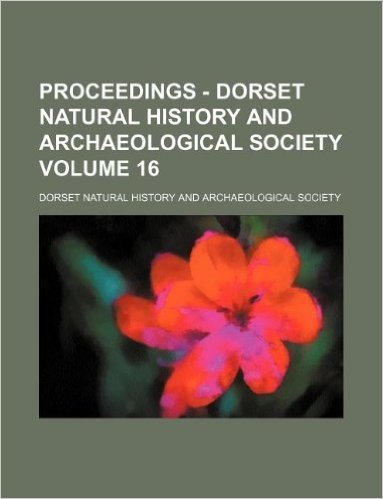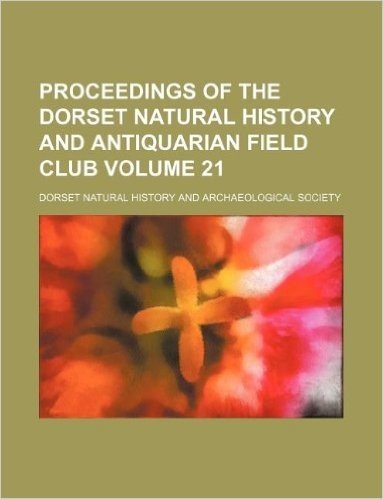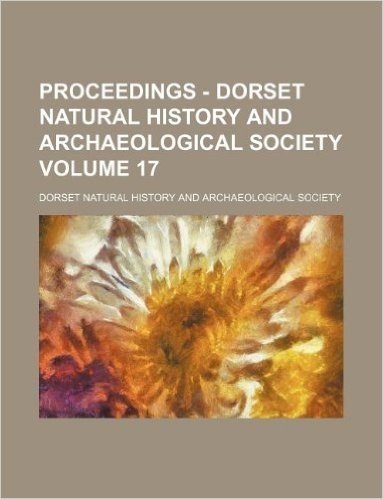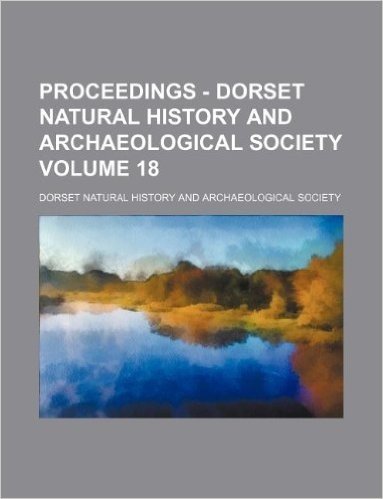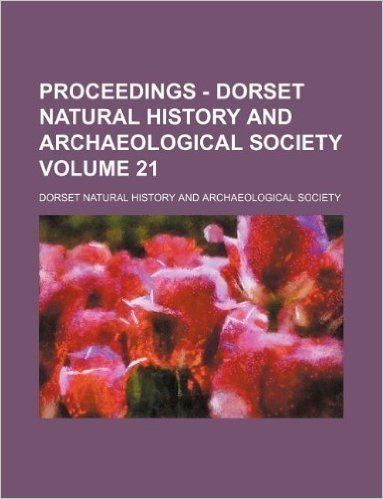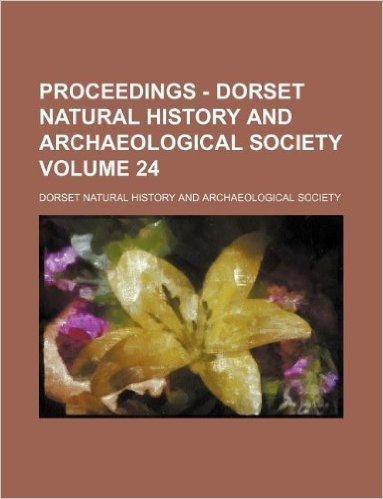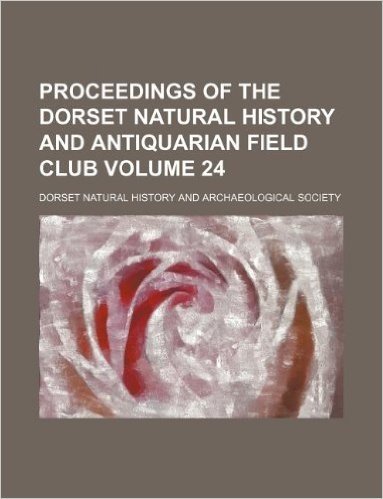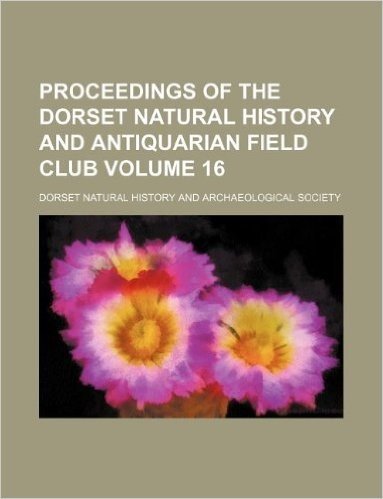Proceedings - Dorset Natural History and Archaeological Society Volume 16 baixar o livro de graça
Formatos de livro
- Proceedings - Dorset Natural History and Archaeological Society Volume 16 baixar pdf
- Proceedings - Dorset Natural History and Archaeological Society Volume 16 baixar mp3
- Proceedings - Dorset Natural History and Archaeological Society Volume 16 baixar áudio-livro
- Proceedings - Dorset Natural History and Archaeological Society Volume 16 baixar kindle
de Dorset Natural History Society
Publisher Rarebooksclub.com
Dimensões e tamanhos 18,9 x 0,4 x 24,6 cm
This historic book may have numerous typos and missing text. Purchasers can download a free scanned copy of the original book (without typos) from the publisher. Not indexed. Not illustrated. 1895 Excerpt: ... Continent. Previous to this disconnection Palaeolithic man had reached what is now England, and probably after the Ice Age had passed away. The lower Tertiary beds which covered the chalk, and of which Elackdown, Bradford Peverell, Whaddon, and Bincombe are outliers, have been removed by denudation, leaving on the subjacent surface the heavy insoluble materials, such as sarsen stones, flints, sandstones, &c. These sarsen stones formed portions of thick beds of quartzose sand which here and there became concreted by the filtering of the sea-water. They are not usually in a continuous mass, but in detached blocks, while the remainder of the sands are left unconsolidated and disintegrated, and the stones scattered over the surface. In shape they are more or less quadrangular, longer than broad and much broader than thick. In ancient times they were used in cromlechs, standing stones, and ancient circles, as at Stonehenge, Winterborne, and Portesham. They are used also to protect the corners of village streets and highways, and occasionally as building stones. They may be seen, too, on our heaths doing duty for boundary stones. They form partly the material of Deverel Barrow, apparently for the protection of the urns it contained. Aubrey, 1656-84, says "They (the sarsen stones) lie scattered all over the downs about Marlborough, and encumber the ground for at least seven miles diameter, and in many places they are as it were so thick that travellers in twilight at a distance take them for flocks of sheep." I have heard that these huge stones may be broken in what part of them you please without any great trouble. The manner is this--they make a fire on that line of the stone where they would have it to crack, and after the stone is well heated, t...
- Dorset Natural History Society Autor:
- 1130252361 Isbn 10:
- 978-1130252361 Isbn 13:
- Capa comum Páginas de capa mole:
- Rarebooksclub.com Publisher:
- 168 g Peso:
- 168 g Peso:
- 18,9 x 0,4 x 24,6 cm Dimensões e tamanhos:
- Inglês Idioma:
- 84 páginas Livro de capa mole Proceedings - Dorset Natural History and Archaeological Society Volume 16:
